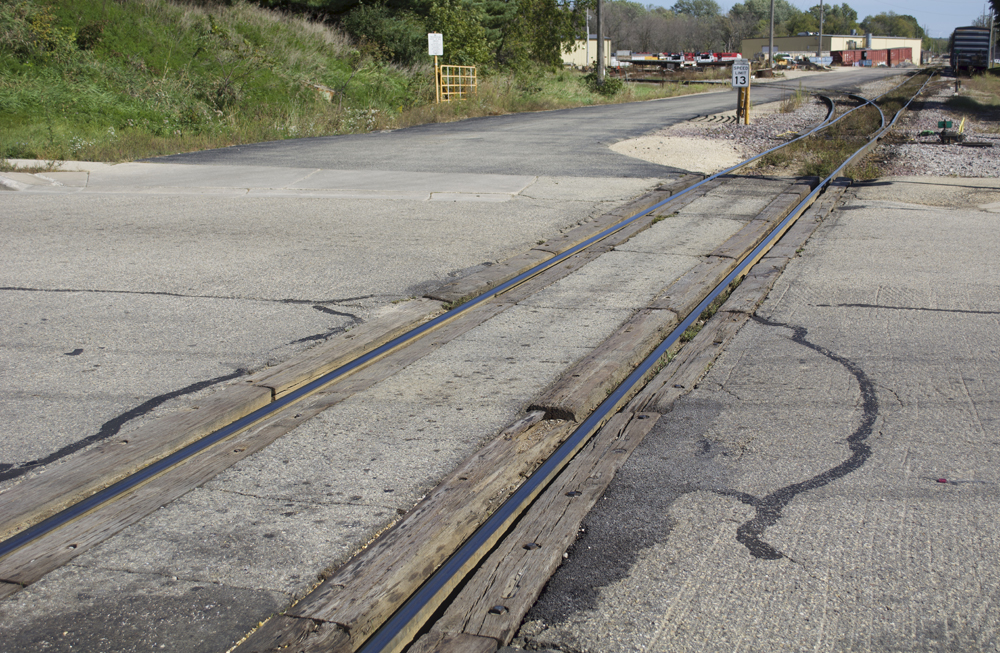
Grade crossings you can model are scene enhancers that you should consider adding to your list of projects. “Why a grade crossing?” you may ask. “I’d rather work on a locomotive, freight car, structure, or [fill in the blank with your favorite aspect of the hobby.]” I get it. Grade crossings you can model introduction […]
Read More…
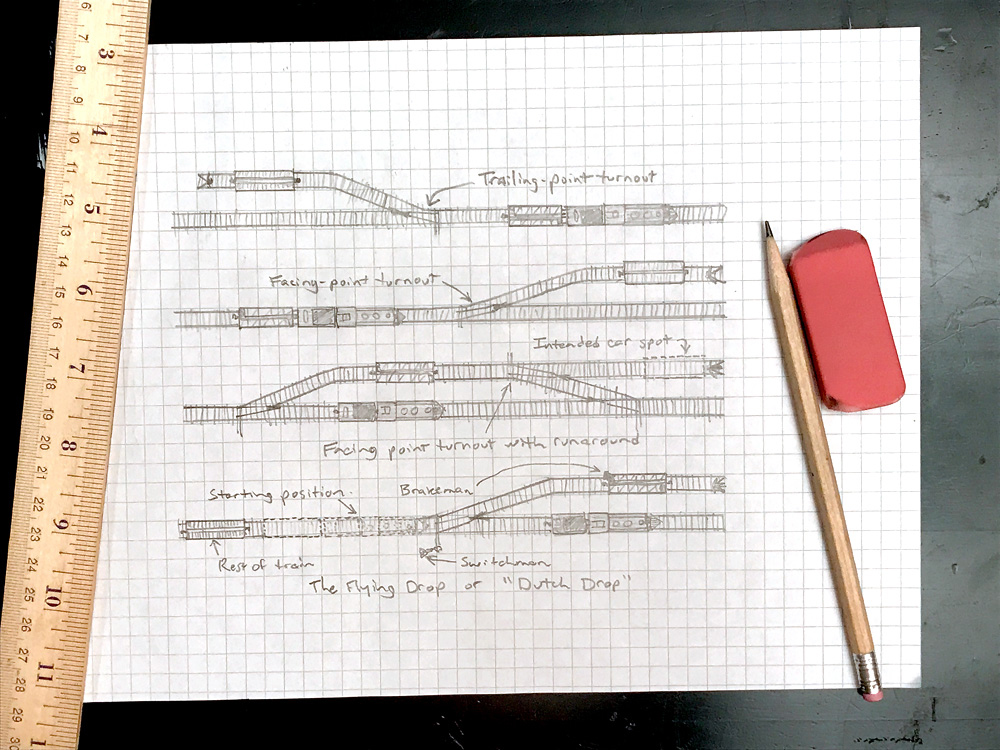
A turnout is where one track becomes two. The single track, where the movable point rails let a train choose between routes, is called the point end of the turnout. The two-track end, where the closure rails cross at the frog, is the frog end. And which end is which can make or break a […]
Read More…
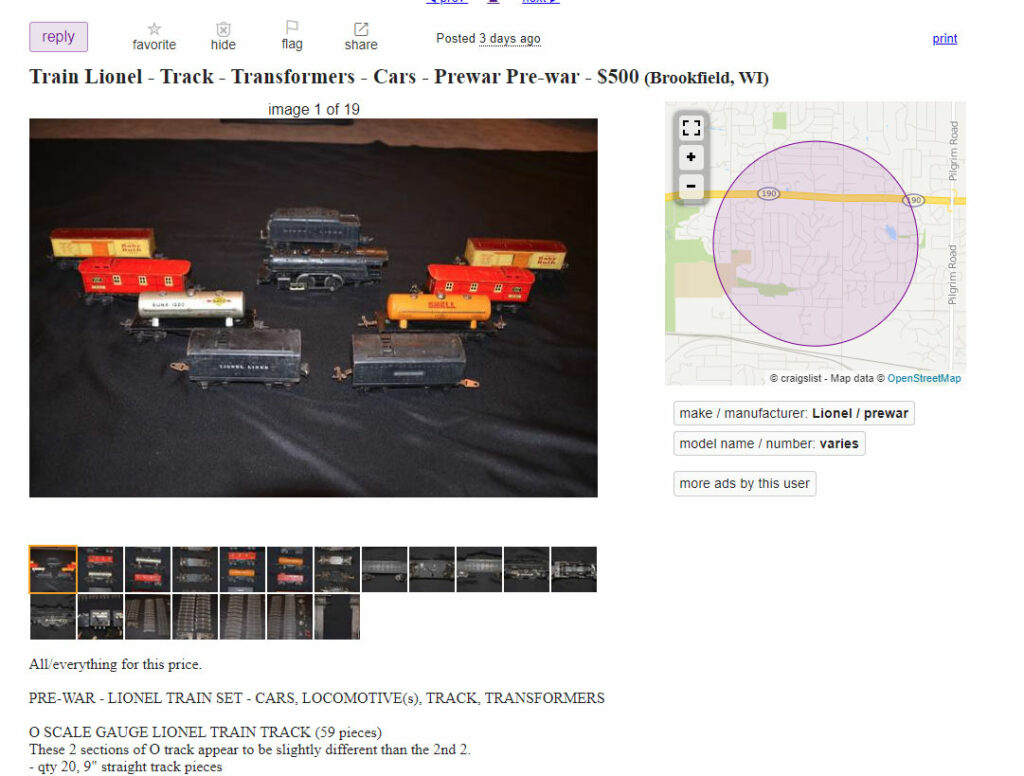
Where can I sell my trains? How to sell toy trains might be one of the most-asked questions we get at Classic Toy Trains. I first refer people who want to know how to sell Lionel, MTH, Marx, and American Flyer trains to the advertisers in Classic Toy Trains and even Model Railroader. There are […]
Read More…
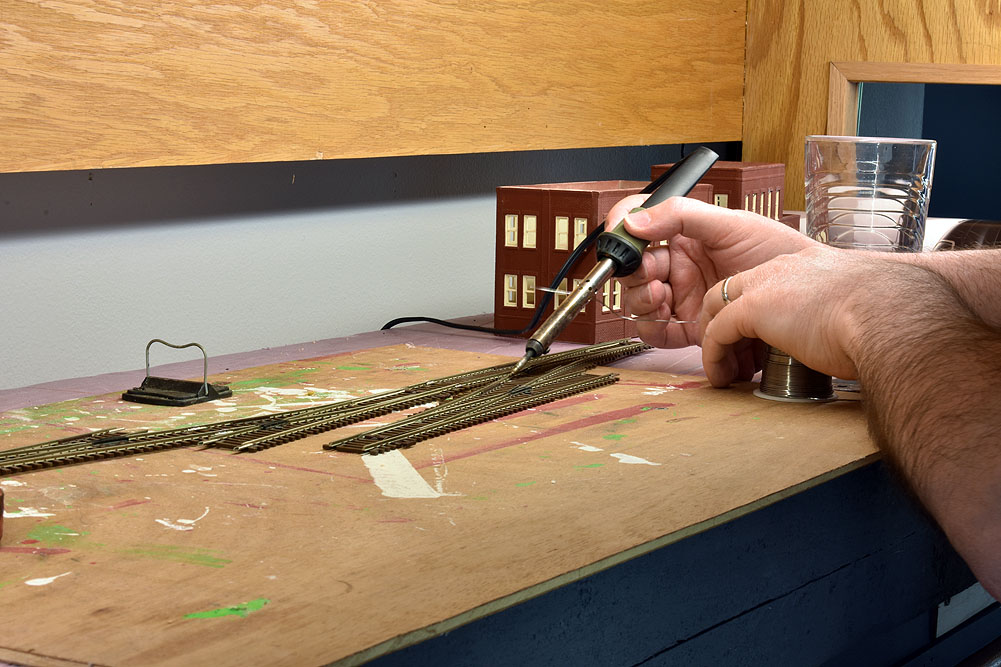
My little shelf layout is made from track and lumber salvaged from a small model railroad I was building in my apartment living room back in Pennsylvania before I moved to Wisconsin to work for Model Railroader. In my current living room, I only have room for a shelf layout, which is built into an […]
Read More…
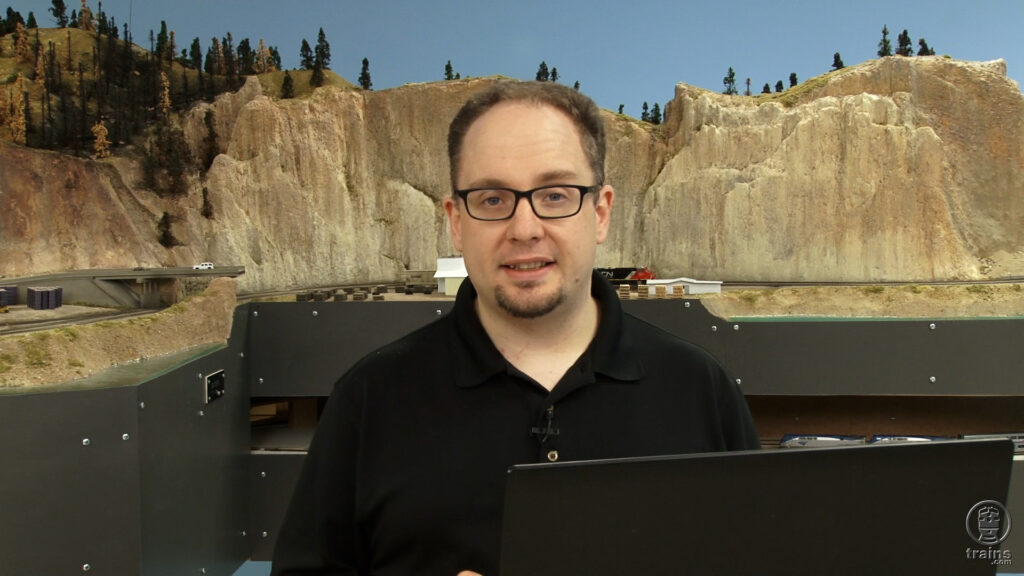
In this final series video, Trains.com resident DCC expert Ben Lake covers signal installation with JMRI. Using the Canadian Canyons N scale layout scale as his workbench, Ben walks and talks viewers through signal decoder setup, signal wiring schematics, PanelPro configuration, and more! […]
Read More…
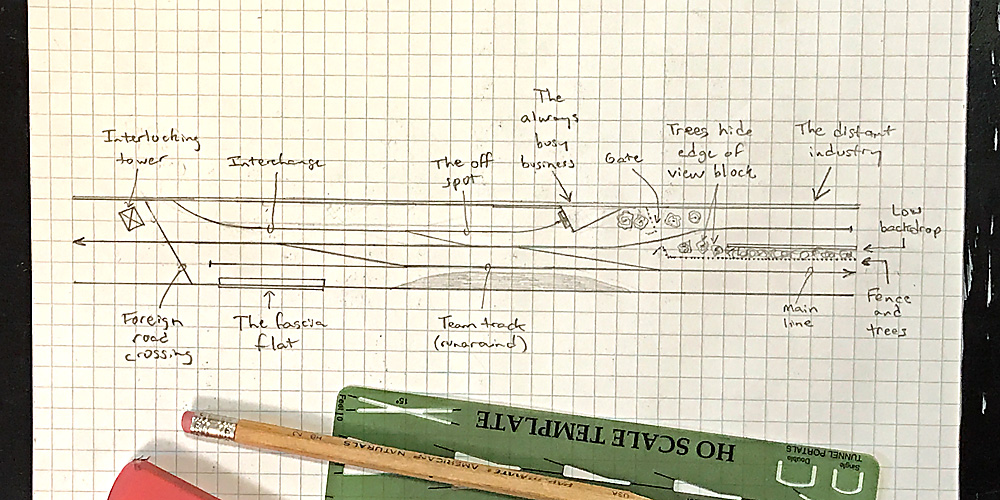
Model railroaders who want to maximize their mainline runs often resort to narrow shelves that hug the walls and zigzag through the middle of the room on long peninsulas. The tradeoff with this kind of design is that the more shelves have to fit into a room, the narrower they have to be. This limits […]
Read More…
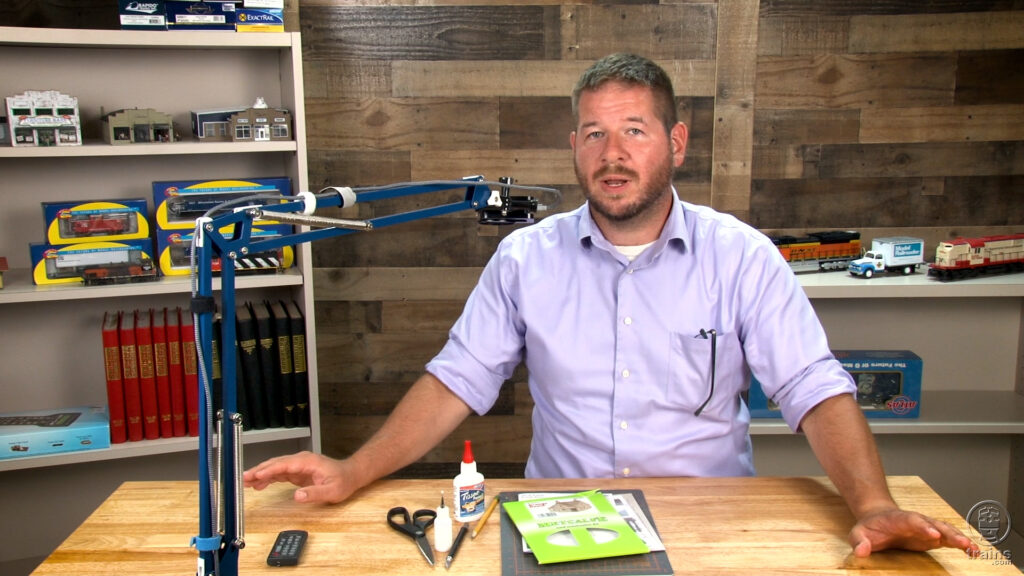
While David and Co. continue construction on the N scale project layout, Steve Sweeney shares his techniques for assembling a cardstock house kit. Follow along, as Steve walks and talks you through all of the essential tools, supplies, and processes — start to finish! […]
Read More…
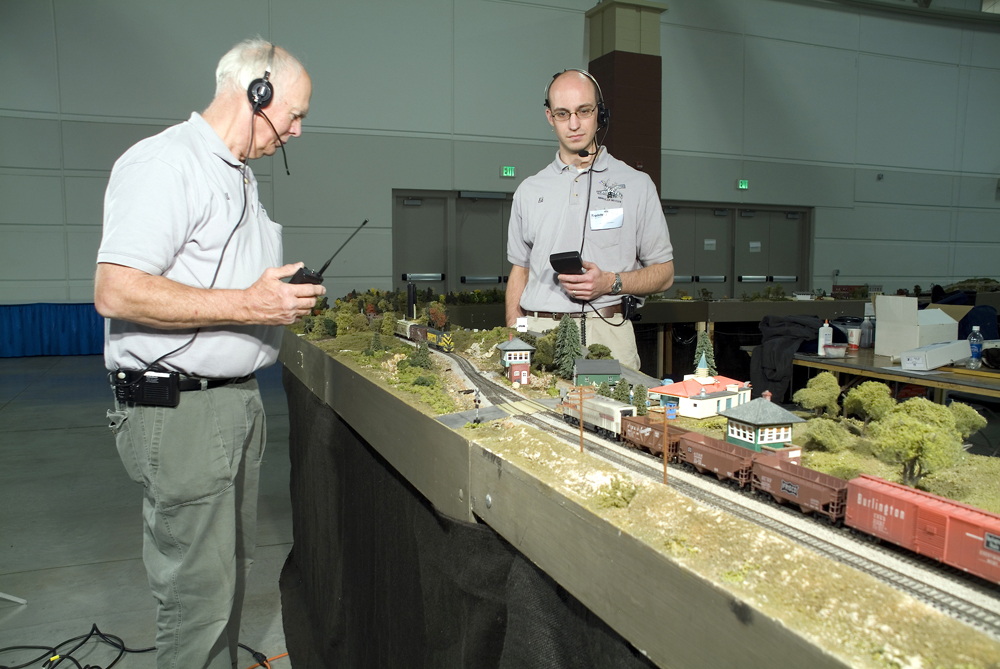
Most modelers have heard of modular railroading, or even practice it themselves. Modular railroading is an easy and practical way for a hobbyist (be they a beginner or more experienced) to create a mobile, and sometimes more manageable, layout. Modular layouts are built to a set of standards that allows an individual unit to connect […]
Read More…

When you think of engine facilities on the BNSF Ry., images of large, multi-bay structures; wash racks; and sand towers and fuel columns that can handle 10 or more locomotives at a time probably come to mind. And that makes perfect senses considering the railroad’s size. BNSF has facilities like this in Alliance (Neb. and […]
Read More…
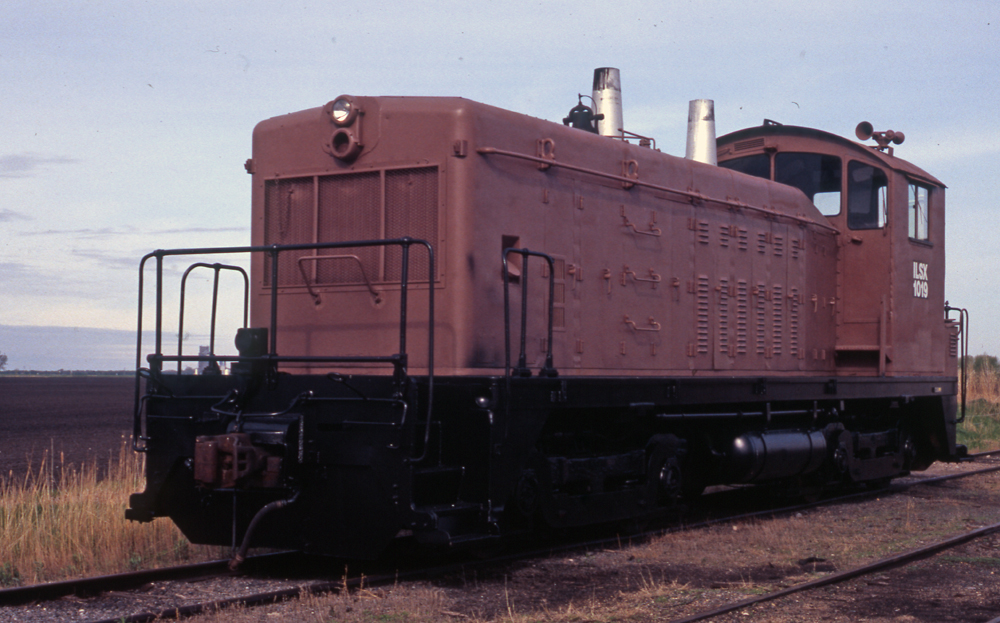
Independent Locomotive Service (ILSX) and KBN Inc. became co-owners of my hometown railroad, the Minnesota Northern (MNN), in August 2000. Since taking over the short line from RailAmerica, the railroad’s fleet of MNN-painted and lettered diesels has been supplemented with assorted lease units from ILSX. Everything from Electro-Motive Division (EMD) SW1s to SD40T-2s have been […]
Read More…
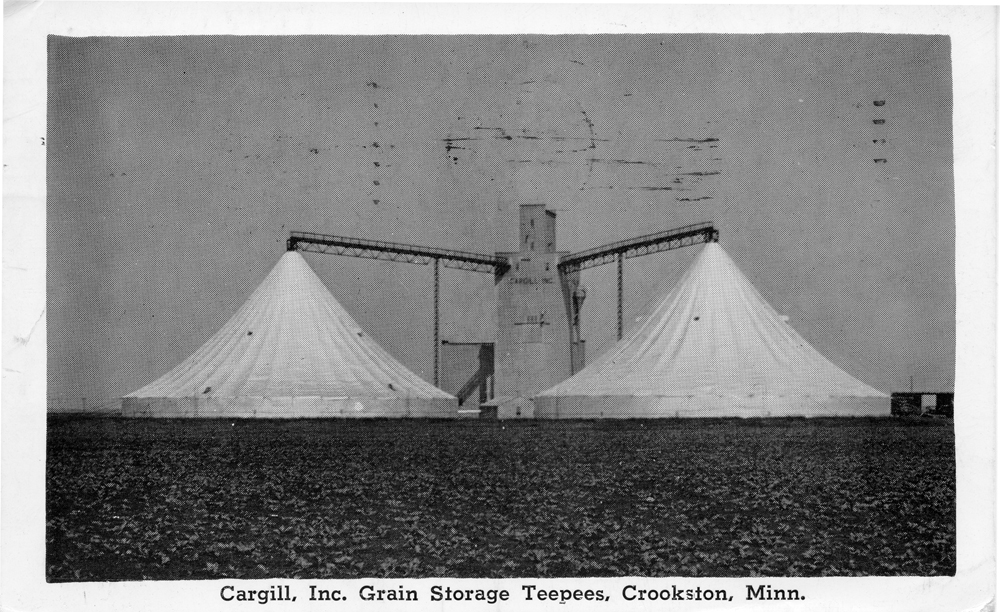
Welcome to the final installment in our three-part series “Modeling from postcards.” This time, we’ll take a look at cards that show two of Crookston’s rail-served industries. Welcome to Wilds. In 1964, Cargill Inc. built a grain elevator at the south end of Crookston near the station sign Wilds. In addition to the main elevator, […]
Read More…
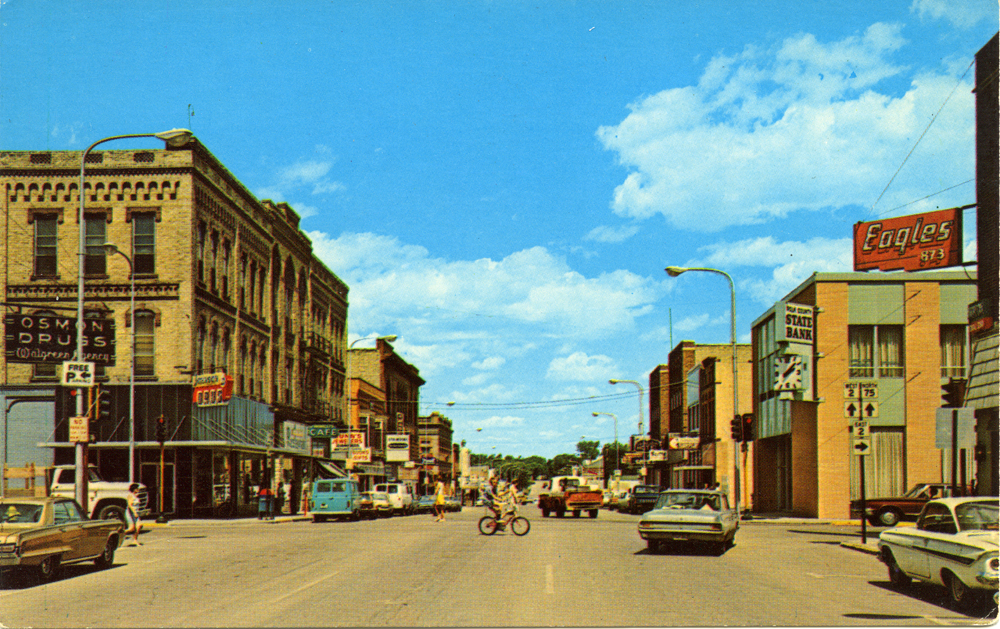
In last month’s installment, we took a look at two postcards that showed aerial views of Crookston, Minn., my hometown. This time we’ll examine two ground-level scenes, one in the city and the other in the country. The heart of downtown. The intersection of Broadway (the north-south street the photographer is standing in) and Robert […]
Read More…












